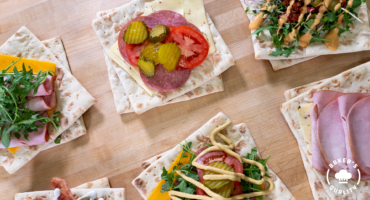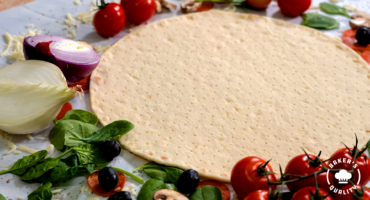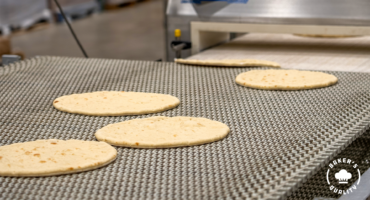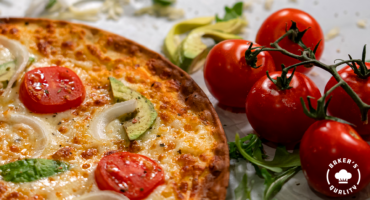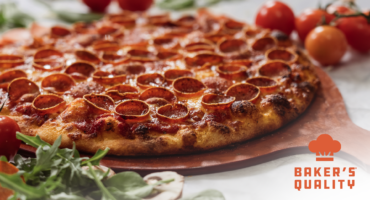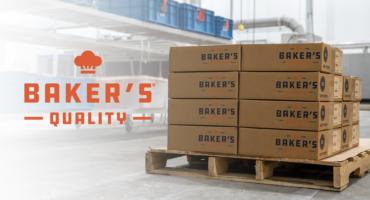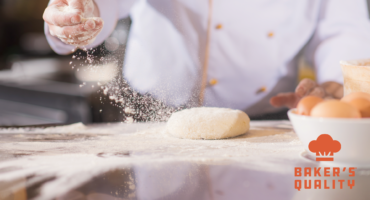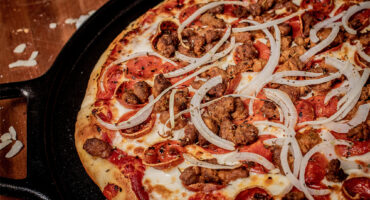
Support
& FAQ
Bubbles in the crust are caused by trapped moisture that expands when the crust is baked. Small bubbles can be left alone, but the pizza must be watched during the cooking process in case very large bubbles form, as this can cause the cheese and other toppings to slide off the bubble. As they form, pop the large bubbles with a long-handled metal poker. To prevent severe bubbling, the fresh crusts and crusts formed from dough balls need to be docked before the pizza is sauced and topped. The parbaked crust has already been docked. If large bubbles typically form in your oven, pop them as needed.
A dough docker is a common pizzeria tool, similar to a short rolling pin but with a handle and short spikes on the roller. It makes holes in the crust that look like the holes in a soda cracker, but the holes made by the docker do not go all the way through the crust. They staple pinch the dough together. A docker can be purchased from a food equipment and small wares supplier that sells American Metalcraft products.
The docked side should be down.
Proofing is essentially a controlled increase in dough temperature. That activates the yeast which, in turn, develops the dough flavor and allows easier handling of the dough. Yeast fermentation allows the dough to stretch and not snap back. It also produces better browning in the oven, resulting in a crispier crust and a more bread-like texture.
It is not necessary to bake any of the crusts before you top them. However, under certain circumstances, some people do.
The best way to tell if your pizza is fully cooked is to look at the bottom of the crust. A well-browned and crispy crust will be an indication of a pizza that is done. The crust will get crispy during the last one to two minutes of baking. In addition, the cheese should be fully melted.
